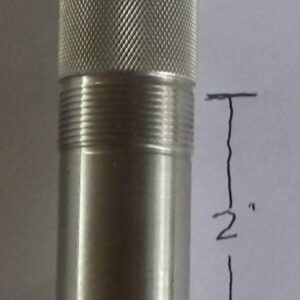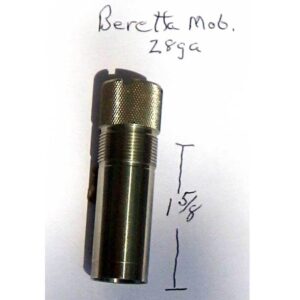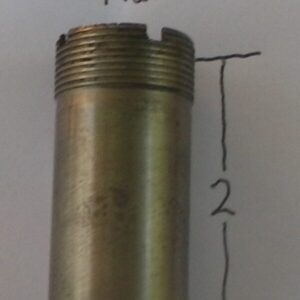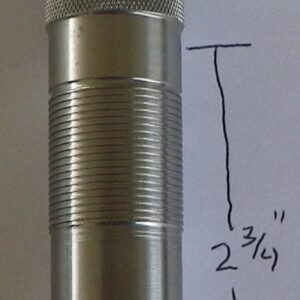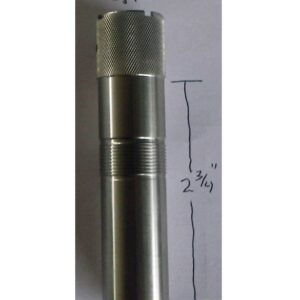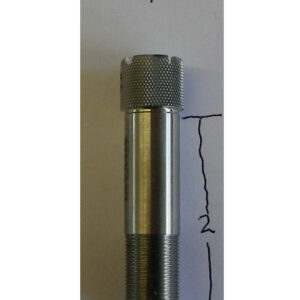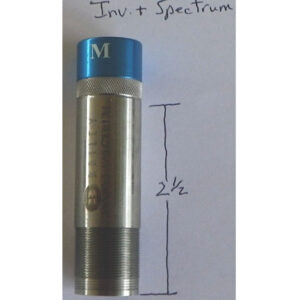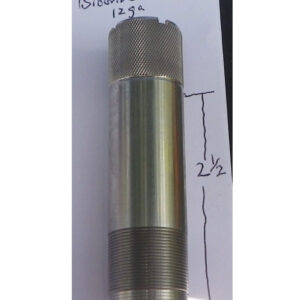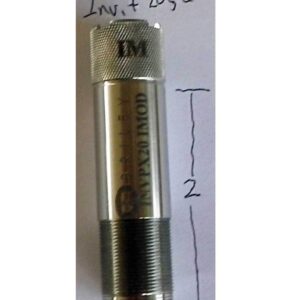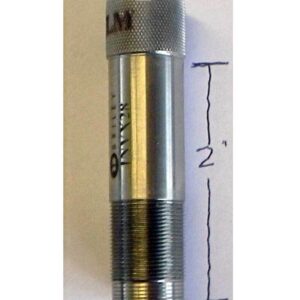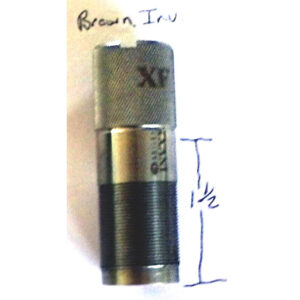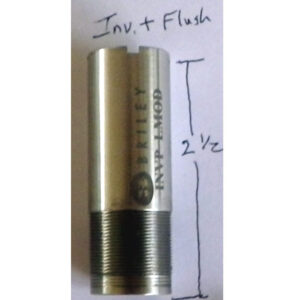What are Shotgun Chokes?
Shotgun Chokes are designed to improve accuracy at a better range. In my experience, most shooters over-choke their guns. Using the Briley Choke Effectiveness Chart, chokes are meant to control the density of the shot pattern at different ranges, mostly in 5-yard increments. A Cylinder Choke is shown to be 100% effective at 20 yards. By that, they mean that there is a 30-inch diameter pattern that is dense enough so that a target (whatever type) could not fly through it unscathed. A skeet choke at 25 yards, Improved Cylinder at 30, Lite Modified at 35, Modified at 40, and Full at 50. Improved Modified and Lite full fall between 40 and 50 (Splitting hairs).
Size of Shotgun Chokes
Selections of the shotgun chokes should depend on the expected range to the target. (For example, Skeet 20 to 25 yards, Cylinder or Skeet choke, 16-yard Trap.) The ATA says that the average target is 30 to 35 yards away when shot. The most effective chokes then would be Improved Cylinder (If you’re young and quick) or Lite Modified to Modified (If you’re not so young and quick).
Issues with Chokes
The biggest problem I have seen is over-choking, trap shooters (For example) all cling to the Full choke at all yardages consequently handicapping themselves with a smaller pattern in 16-yard events. They tend to argue that when they hit a target and “Smoke it” gives them more confidence. Of course, the scorekeeper doesn’t score “Smoke” only misses, better to hit them all.
The choice of chokes for hunting depends on some of the following variables:
- The size of the bird
- The openness of the terrain
- Usual range to target and of course
- The skill of the hunter, and
- The size and makeup of the shot
Steel shot shoots 2 choke sizes small patterns through the same choke using lead. It is recommended that when using a choke designed for a lead shot that no choke tighter than Modified be used for steel.
